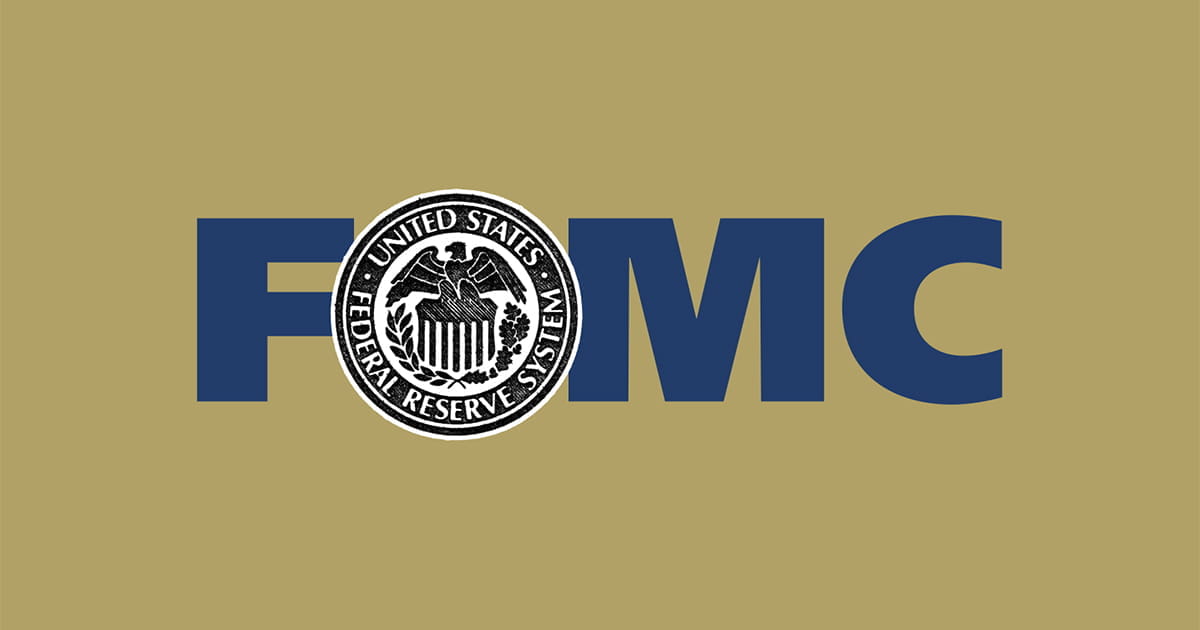
The U.S. Federal Reserve left interest rates unchanged in June, as widely expected, but revisions to its economic projections indicate a more uncertain outlook. Fed officials made stagflationary revisions to their economic forecasts – with median forecasts for inflation and unemployment rising while growth forecasts dropped. Their outlook implies the two sides of their dual mandate (price stability and maximum employment) are moving in the wrong direction. Given this contradiction, projections showed Fed officials divided on the outlook for interest rates, with the majority split between keeping rates on hold or cutting 50 basis points (bps) by year end.
PIMCO’s outlook for the Fed similarly sees split potential paths ahead – with the Fed cutting gradually or not much at all if the labor market proves resilient, and cutting more significantly if the labor market weakens. Given recent employment data and rising uncertainty, our baseline forecast sees a return to a gradual pace of rate cuts later this year.
Volatile data and trade policy shifts alter forecast
Fed officials meaningfully revised their forecasts in June relative to March, reflecting more volatile economic data and significant changes to U.S. trade policy. Core inflation forecasts rose to “three-point-something” by year-end, up from the “two-point-something” median projection in March, despite generally cool and stable inflation data in recent months. Officials also lowered their 2025 median growth forecast to 1.4% from 1.7% in March, a notable drop from last year’s 2.5% rate.
Revisions to 2026 projections were smaller, suggesting officials view this year’s macroeconomic turbulence as at least somewhat transitory. The more modest shift in the 2026 and 2027 core inflation forecast suggests that Fed officials view tariff effects as a price level adjustment that will fade over time.
Rate path hinges on data, trends, and the balance of risks
In the short term, concerns about inflation – especially from tariff-related price increases – are likely to keep the Fed cautious. Though inflation has been stable, it remains above the Fed’s 2% target. In his press conference, Chair Jerome Powell noted that while uncertainty is high regarding the extent to which tariffs will pass through to consumer prices, many forecasters expect inflation to rise somewhat this year. Despite the fact that Fed officials are now projecting higher inflation, we think the bar for the Fed to return to rate hikes remains very high.
In order to cut rates, the Fed will likely need confidence that inflation expectations are well-anchored and labor market data is deteriorating. While the data are not there yet – Powell noted the labor market overall remains healthy – Fed officials are watching closely. The most recent U.S. employment report for May showed average monthly payroll growth slowing to 124,000 this year, down from 168,000 in 2024. Unemployment has edged higher, and Fed projections show it continuing to rise in the second half of the year.
We see two possible scenarios: If the U.S. labor market proves resilient, the Fed may cut rates little or not at all in 2025. If it weakens significantly, more aggressive cuts are possible – and the Fed could act quickly. We think this binary view is evident in the Fed’s projections showing officials split between 0 bps and 50 bps of cuts in 2025.

